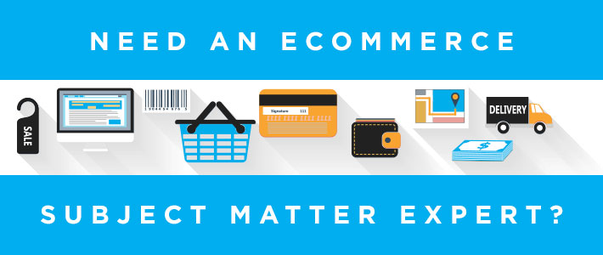 With the phenomenal rise of digital connectedness that has taken place over the past 10 years, consumers are buying differently than they once did. This change has offered new opportunities for businesses to reach their target market via online marketing, but the rules of engagement have changed dramatically.
With the phenomenal rise of digital connectedness that has taken place over the past 10 years, consumers are buying differently than they once did. This change has offered new opportunities for businesses to reach their target market via online marketing, but the rules of engagement have changed dramatically.
Inbound marketing is a process driven methodology, that uses the wealth of digital resources out there to allow your target customers to find you. The following are 5 steps to make inbound marketing an easy, productive part of your customer acquisition strategies.
1. Create Your Buyer Personas
Inbound marketing focuses on creating quality content that pulls people toward your company and product because it aligns with their interests and speaks to them in a way that res onates. This takes them on the journey of being strangers, then buyers and finally promoters of your brand because they value you and what you bring to their lives.
You can’t do any of this without knowing who they are. This is where creating a buyer’s persona comes in. For now, know that discovering your dream buyer involves more than knowing age, income, and gender.
Yes, you need the hard data that you’ve been collecting, but you need to take that data and humanize it; creating a backstory of who they are and what makes them tick. How do they make their buying decisions? What’s their day like? If possible, you might want to even interview existing customers and learn more about them to flesh out the person behind the click.
2. Determine Your Social Media Strategy
The first thing to know is that one-size-fits-all social media strategies don’t exist.
Your strategy needs to be personalized and tied to your buyer persona. Part of your buyer’s persona should include how they utilize social media. Facebook, Twitter, Instagram, Pinterest are each distinctive mediums that require you to communicate in unique ways. You also want to determine how email marketing plays into your strategy.
Most importantly, remember that building a loyal following takes time. Be reasonable in your expectations and use all tools at your disposal to measure results and adjust your strategy as needed.
3. Build a Keyword Strategy
In order for your efforts to be rewarded, you have to make sure your future customers are finding your content. Conduct keyword research to build a content strategy around what your buyers are searching for online. The important thing is that you want to rank high in the search engine results; preferably first page, but at least in the first two pages.
Our friends at Hubspot have some nice tips on how to develop a keyword strategy that are quite useful in helping to determine the right keywords to include in your content to make sure buyers find you.
4. Create Content That Connects
Ultimately, your inbound marketing revolves around the content you create. It has to offer something of value to your ideal customers, strategically crafted with an eye to what you are trying to accomplish.
There are several stages to the buyer’s journey and your content should reflect each stage appropriately. Is the content you are creating intended to bring your buyer persona to your site?
After you have successfully received contact information from your landing page, your content needs to be tailored enough to their interests to keep them engaged with your brand. Even after the sale is done, you’ll want to delight them with content that keeps them engaged in your company and helps to create promoters of your brand.
5. Remain Consistent
Being consistent in your inbound marketing efforts means publishing content multiple times a week, measuring your results and using those measurements to keep your program finely tuned. Keep an eye on content with the highest engagement and interactions to continue publishing similar content. Inbound Marketing offers a distinctive blending of art and science that allows your dream customers to find you.
Inbound Commerce marries ecommerce with inbound marketing to take full advantage of the marketplace. It is the combination of content, community, and commerce working together holistically to aid in your growth. 

